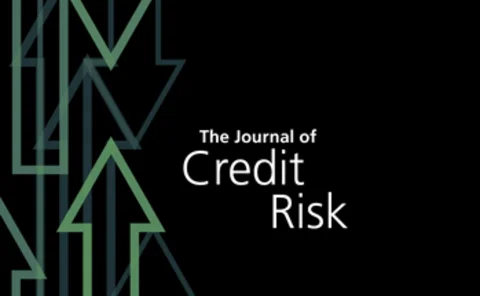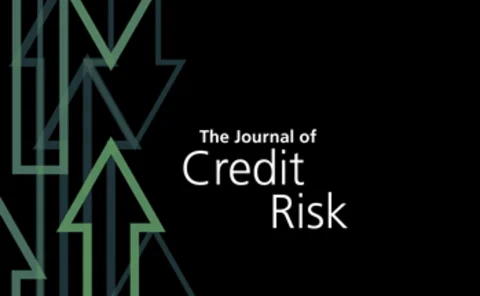Technical paper/Recovery rates
Beyond the contract: client behavior from origination to default as the new set of the loss given default risk drivers
In this paper, we expand the modeling process by constructing a set of client-behavior-based predictors that can be used to construct more precise models, and we investigate the economic justifications empirically to examine their potential usage.
Covid-19 and the credit cycle
An internal default risk model: simulation of default times and recovery rates within the new Fundamental Review of the Trading Book framework
A credit portfolio framework under dependent risk parameters: probability of default, loss given default and exposure at default
CDSs, CVA and DVA – a structural approach
CDSs, CVA and DVA – a structural approach
DVA for assets
DVA for assets
Risky funding with counterparty and liquidity charges
Risky funding with counterparty and liquidity charges
Name concentration correction
Credit Risk
Name concentration correction
Name concentration correction
Pricing distressed CDOs with base correlation and stochastic recovery rates
In 2008 and 2009, the calibration of the standard Gaussian copula model for collateralised debt obligations has frequently broken down. To overcome that problem, Martin Krekel has embedded the model with correlated stochastic recovery rates. He shows…
A bottom-up model with top-down dynamics
Yadong Li proposes a flexible, tractable and arbitrage-free bottom-up dynamic correlation modelling framework with a consistent stochastic recovery specification for multi-name credit derivatives. In this framework, the model’s spread dynamics can be…
Individual names in top-down CDO pricing models
The Gaussian copula collapsed as a means of pricing collateralised debt obligations in the crisis of 2008, as to match prices and deltas nonsensical correlation parameters were required. By adapting the traditional framework to cater for more general…
Default and recovery correlations - a dynamic econometric approach
Integrating coherences between defaults and loss given default (LGD) is postulated by Basel II. If there is a positive correlation between the two, separate models for each lead to biased estimates for the LGD parameters, and the economic loss is…
Default and recovery correlations - a dynamic econometric approach
Integrating coherences between defaults and loss given default (LGD) is postulated by Basel II. If there is a positive correlation between the two, separate models for each lead to biased estimates for the LGD parameters, and the economic loss is…
Collateral damage
Credit risk
Ultimate recoveries
Measuring recovery using the ultimate rate observed at emergence from bankruptcy may be conceptually desirable, but modelling it is difficult.
A false sense of security
Credit portfolio models often assume that recovery rates are independent of default probabilities. Here, Jon Frye presents empirical evidence showing that such assumptions are wrong. Using US historical default data, he shows that not only are recovery…
Ultimate recoveries
Measuring recovery using the ultimate rate observed at emergence from bankruptcy may be conceptually desirable, but modelling it is difficult. Craig Friedman and Sven Sandow tackle the problem by maximising the creditor’s utility function, constructed…
A false sense of security
Credit portfolio models often assume that recovery rates are independent of defaultprobabilities. Here, Jon Frye presents empirical evidence showing that such assumptions arewrong. Using US historical default data, he shows that not only are recovery…
Unexpected recovery risk
For credit portfolio managers, the priority is to properly incorporate recovery rates into existing models. Here, Michael Pykhtin improves upon earlier approaches, allowing recovery rates to depend on the idiosyncratic part of a borrower’s asset return,…
Long or short in CDOs
Masterclass with Deutsche Bank
Depressing recoveries
Credit risk



